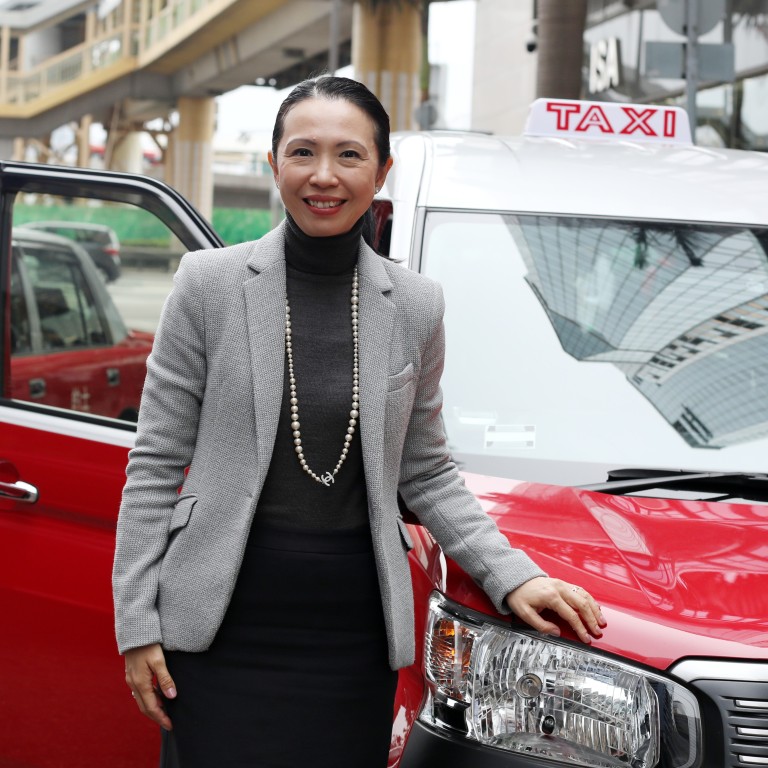
Greener route for taxis is best for all
- Air pollution and the current cab fleet does nothing for Hong Kong’s image, and it is time to consider more eco-friendly initiatives to encourage a timely replacement of old vehicles
The passenger experience in Hong Kong’s taxis does not live up the image conveyed by the claim to be Asia’s World City. There is little evidence it is getting much better, despite continued competition from the ride-hailing service Uber. An explanation may be found in the ageing fleet of 18,000 cabs running on liquefied petroleum gas. About 10,000 are more than 13 years old and due for replacement. The sole supplier of Toyota taxis has announced plans to phase them out because the company no longer makes the current model. But it cannot be taken for granted that this will prompt faster replacement with modern greener models. Taxis are not subject to the same replacement policies as old, polluting commercial goods vehicles.
Could luxurious new hybrid cabs rescue battered image of city’s red taxis?
According to Ronald Wong, director of Inchcape, parent of supplier Crown Motors, taxi operators “won’t replace their old vehicles until they can no longer function” without monetary incentives. In that case, a continuing demand for Uber seems assured, despite periodic fines and bans on drivers. To be sure, the supplier of the current taxis and its parent have a commercial interest. Crown is the sole distributor of eco-friendly hybrid taxis. Only a few have gone into service so far. Stevie Wong, chief executive of Inchape, says about 1,000 are expected to arrive before the end of the year. Not surprisingly, given her interest, she calls for government action, such as devising a policy when owners should replace taxis.
That is easier said than done. Neither does it reckon with the taxi industry’s powerful political lobby, nor the public interest. Looking at the issue from the point of view of the city’s 40,000 taxi drivers, a Legislative Council study says daily cab journeys as a percentage of public transport dropped from 9.5 per cent in 2007 to 7.1 per cent in 2017. The average age of a taxi driver is 58 and taxis have a comparatively high accident rate. New taxis cannot only be expected to cut greenhouse emissions and fuel bills, but also to cost more as replacements. Given that roadside emissions are a big contributor to Hong Kong’s air pollution, and the current fleet does nothing for the city’s image in a competitive world, there is room to consider green policy initiatives to encourage more timely replacement and upgrading of old taxis.

